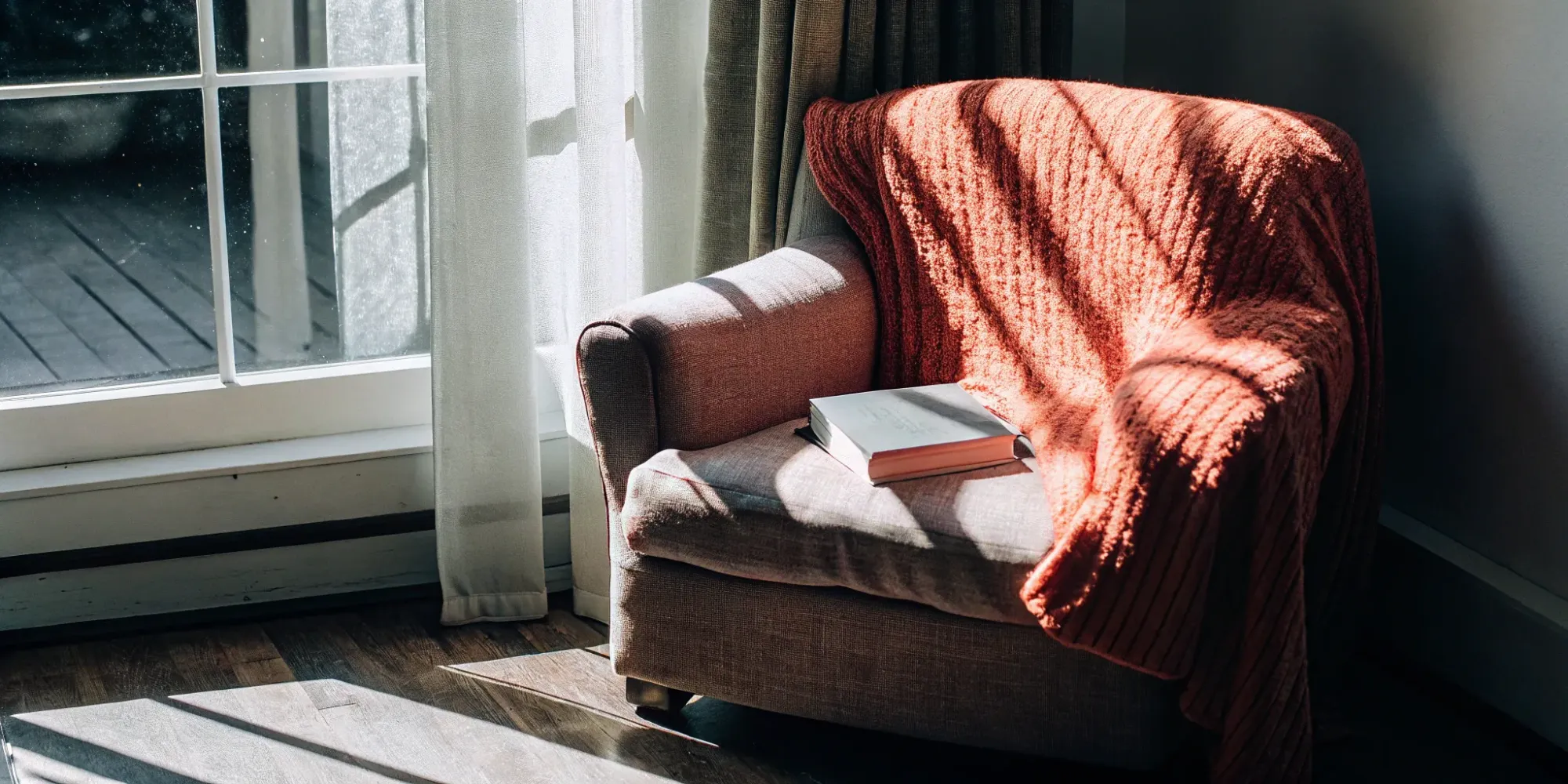How Loss of Use Works With Your Renters Insurance Policy
12 Jan 2022 • 5 min read

If you have renters insurance and there’s a fire in your building, you understand that your policy covers the damage to your personal property.
What if your home becomes uninhabitable from the fire damage, though? You’ll have to find somewhere else to stay during the repair process, feed yourself, and potentially do your laundry. Does renters insurance help with your temporary housing situation?
With Goodcover, it does – standard on every policy.
Coverage for loss of use in renters insurance policies can help you manage your expenses in this situation.
Keep reading to learn:
- What Does Loss of Use Mean in Renters Insurance?
- Types of Expenses Covered by Loss of Use
- Loss of Use Exclusions
- How To Find Your Loss of Use Policy Limits
- Advice for Filing a Loss of Use Claim
- Final Thoughts: What’s Covered Under Loss of Use in Renters Insurance
What Does Loss of Use Mean in Renters Insurance?
Loss of use in a renters insurance policy, sometimes known as Coverage D, pays for your additional living expenses if your rental is not habitable due to a covered peril, such as a fire. This coverage is also known as the much easier-to-remember name of temporary housing coverage, although it covers much more than that.
Most landlords like to require tenants to purchase renters insurance. The good news is that loss of use coverage is standard on all Goodcover policies – no additional cost required.
Of course, if you cannot live in your apartment or rental home due to an uncovered peril, like intentional damage, then loss of use insurance coverage does not apply.
Types of Expenses Covered by Loss of Use
It’s important to understand that loss of use only covers additional living expenses, which means anything extra you’d spend above and beyond your normal standard of living costs.
Let’s say you live in an apartment in San Francisco, and the building experiences significant damage from ruptured pipes. While your landlord handles the repairs, you need to put yourself up in a hotel for a few nights and order food because you don’t have a kitchen.
These expenses can add up, and that’s where loss of use in renters insurance kicks in.
Your insurance provider won’t cover your regular rent payments, but they’ll reimburse you for the hotel stays and extra food expenses.
Additional Living Expenses
Although the loss of use coverage in a renters insurance policy is sometimes known as temporary housing coverage, you can request reimbursements for more than just a hotel stay or a sublet.
Having this coverage may help you with expenses such as:
- Fuel costs or parking fees
- Additional utilities
- Other food expenses, such as eating out
- Storage unit
- Boarding your pets
- Laundry costs
- Public transportation
- Moving fees
Remember that you can only make a loss of use claim if your rental unit is deemed unlivable due to a covered peril. Standard renters insurance policies do not cover perils such as floods and earthquakes.
Prohibited Use Coverage
In some cases, your loss of use coverage also includes government intervention coverage, also known more technically as “prohibited use coverage.” If there is damage near your living space and the government mandates evacuation or prohibits you from living in your apartment, this coverage will kick in to protect you.
The California wildfires are an excellent example of a government intervention scenario. Lately, it seems like every year there are legal orders requiring evacuation for imminent fire safety reasons. Prohibited use coverage pays you back for the same types of additional living expenses incurred in a loss of use situation.
Goodcover actively monitors evacuation warnings during fire season, so that we can quickly help our Members claim their prohibited use coverage as soon as their area falls under a mandatory evacuation order. This coverage and level of service is included as standard for Goodcover Members.
Loss of Use Exclusions
There are a few scenarios where the loss of use coverage does not apply.
First and foremost, loss of use will not cover additional expenses if your apartment is deemed unlivable due to an uncovered peril. Uncovered perils usually include:
- Floods
- Earthquakes
- Government property seizures
- Intentional damage
Depending on where you live, you may be able to purchase additional insurance or an endorsement for perils like floods.
Secondly, your loss of use coverage will not cover the additional living expenses of a roommate. It will also not cover a significant other, unless they are listed on your policy as an additional named insured.
How To Find Your Loss of Use Policy Limits
Now that you understand how the loss of use works, let’s look at how you can determine your coverage limits and covered perils.
First, insurance companies usually set a flat rate limit as your loss of use coverage limit. Sometimes, they’ll calculate your limit as a percentage of the personal property limits you chose when you signed up for renters insurance.
At Goodcover, you can get loss of use coverage ranging from $5,000 to $50,000 depending on your personal property limits. If your personal property limit is $10,000, you can get additional living expenses coverage as high as $23,000.
To increase your limit, you’ll also need to increase your personal property limit. Renters interested in the maximum $50,000 coverage for loss of use must have a $100,000 personal property coverage limit.
However, one of the best parts of loss of use coverage with Goodcover is that there is no deductible. Unlike other types of coverage, including personal property, you’ll receive a reimbursement for 100% of your additional living expenses up to your coverage limit. You’ll still pay a deductible for any personal property that has been damaged, but extra expenses related to temporary housing will be covered without any deductible at all.
Next, we recommend checking your renters insurance policy to find your covered perils.
Goodcover’s covered perils include the standards such as fire, smoke, most water damage, windstorm, hail, falling objects, and mold.
Like most other insurers, there are a few things Goodcover cannot provide coverage for, including floods and government seizures. You may, however, purchase earthquake insurance through our partner, Palomar.
If you have a question about whether something counts as a covered peril, contact Goodcover’s support team. We're happy to help.
Advice for Filing a Loss of Use Claim
Usually, when you file a loss of use claim, your insurance will reimburse you for the money you already spent.
Here are some top tips to help make your filing process more manageable:
- Keep receipts for your additional expenses
- Have an estimate of your regular living expenses (before needing temporary housing)
- Continue paying rent; loss of use will not cover your regular rent payments.
Final Thoughts: What’s Covered Under Loss of Use in Renters Insurance
The costs of temporary housing can add up faster than you expect. The good news is that with loss of use in renters insurance, you won’t have to worry about paying for your additional living expenses on top of everything else.
Discover affordable member-friendly insurance policies in your area today with a Goodcover renters insurance quote.
Note: This post is meant for informational purposes, insurance regulation and coverage specifics vary by location and person. Check your policy for exact coverage information.
For additional questions, reach out to us – we’re happy to help.
More stories
Dan Di Spaltro • 18 Jul 2025 • 21 min read
Most Affordable Renters Insurance: A Complete Guide
Dan Di Spaltro • 17 Jul 2025 • 18 min read
Affordable Renters Insurance in Florida: Top Picks for Savings
Dan Di Spaltro • 16 Jul 2025 • 22 min read
Your Guide to Affordable Renters Insurance
Dan Di Spaltro • 15 Jul 2025 • 16 min read
Does Renters Insurance Cover Theft? A Simple Guide
Dan Di Spaltro • 14 Jul 2025 • 15 min read




